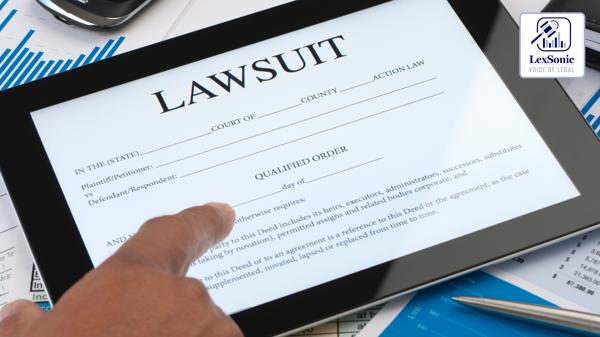Demolition Dilemma: Legal Challenges in Executing Eviction Decrees for Non-Existent Properties.
10 December 2024
Civil Suits >> Civil & Consumer Law
In civil litigation of Jayanti Vikas Naik & Others v/s Bibi Begum Fakir Saheb (Since deceased) & Others, the execution of eviction decrees and the enforcement of possession warrants are crucial processes to ensure that judgment creditors (or decree holders) are granted possession of immovable property. However, when a property undergoes significant changes—such as demolition—legal challenges arise regarding the application of procedural rules for executing these decrees. This article delves into a recent case where the execution of an eviction decree was complicated by the demolition of the building that housed the suit premises.
Case Background:
The case in question revolves around an eviction decree passed by the Court of Chief Judicial Magistrate, Vasai, in 1984 (R.C.S. No. 166/76), and confirmed by the Appellate Court in 1986. The decree holder, after several years, initiated an execution application for possession of the property, leading to the issuance of possession warrants. However, a significant hurdle emerged—the building in which the suit premises was located had been demolished by the local municipal authorities in 2005, as part of their structural safety measures.
The demolition of the building led to the claim that the suit premises no longer existed, raising legal issues about the execution of the eviction decree.

Legal Framework: Order XXI Rules 35 and 36 of the CPC
The provisions governing the execution of eviction decrees are encapsulated in Order XXI, Rules 35 and 36 of the Civil Procedure Code (CPC). These rules outline the procedures for enforcing possession of immovable property after a decree for eviction:
Rule 35 provides for three methods of executing a possession decree:
- If the property is in the possession of the judgment debtor, they can be forcibly removed.
- In cases of joint possession, a copy of the possession warrant is affixed on the property, and the decree can be executed by proclaiming it through customary methods, such as beat of drum.
- If the judgment debtor refuses to give access, the property can be forcibly opened.
- Rule 36 deals with situations where the judgment debtor is not in possession but where a tenant or occupant is residing in the property. In such cases, the decree can be executed by affixing the possession warrant at a conspicuous place and proclaiming the substance of the decree to the occupant.
Both rules assume the existence of the property in its original form for effective execution. However, they do not contemplate scenarios where the property no longer exists, as in the case of demolition.
Issue of Symbolic Possession:
A central issue in the case was whether the execution of the eviction decree could still proceed despite the property being demolished. The petitioner, the judgment debtor, argued against the issuance of the possession warrant and contested the execution process, citing that the suit premises had ceased to exist after the demolition of the building.
However, the executing court proceeded to issue a symbolic possession warrant, as allowed under certain conditions, and the bailiff executed the warrant by affixing a copy at a conspicuous location and informing the public of the action. The bailiff also reported that the judgment debtor was not present, and only the cement foundation and compound of the demolished building remained.
Legal Interpretation:
The court analyzed the provisions of Order XXI, Rules 35 and 36 in light of the demolition of the building. These rules are intended to cover situations where the immovable property exists and can be physically or symbolically possessed. Since the suit premises were part of a building that had been demolished, the court noted that the execution process could not proceed as originally contemplated.
The court also clarified that symbolic possession, as permitted under Rule 35 and Rule 36, is only applicable in cases where the property exists in some form, either occupied by a tenant or when the property is jointly possessed. It is not applicable when the property has been destroyed or no longer exists. The judgment debtor’s possession rights over the room effectively ended with the demolition of the building.
Furthermore, the court observed that the judgment debtor did not challenge the dilapidated condition of the building or take steps to protect their possession legally. In the absence of such challenges, the court presumed that the decree holder had taken effective possession of the land where the building once stood.
Conclusion:
In conclusion, the court upheld the execution process, noting that symbolic possession had been executed properly by the bailiff, in accordance with the law, despite the demolition of the building. The judgment debtor’s challenge was rejected, as the eviction decree had been implemented in a manner consistent with the procedural requirements of the Civil Procedure Code.
The case highlights the complexities involved in enforcing eviction decrees when the property in question is no longer physically present. It underscores the importance of understanding the nuances of Order XXI, Rules 35 and 36, and the need for a legal framework that addresses the practicalities of property demolition and the execution of related decrees.
This case serves as a valuable reference for practitioners dealing with similar issues of property demolition and enforcement of civil decrees. The court’s decision reinforces the legal principle that the destruction of the premises does not negate the judgment holder’s right to possession, provided proper procedures are followed.
